9 Foods That Quiet Sugar Cravings, According to an Expert

Are you constantly craving sugar? It might seem intuitive to eat sugary or artificial sweet foods when these types of pangs strike. According to Laurie Binder, an acupuncturist at Santa Monica Acupuncture and Wellness, who specializes in traditional Chinese medicine to help women overcome health issues, other non-sweet foods can help quiet sugar cravings. Here are nine of them.
Berries
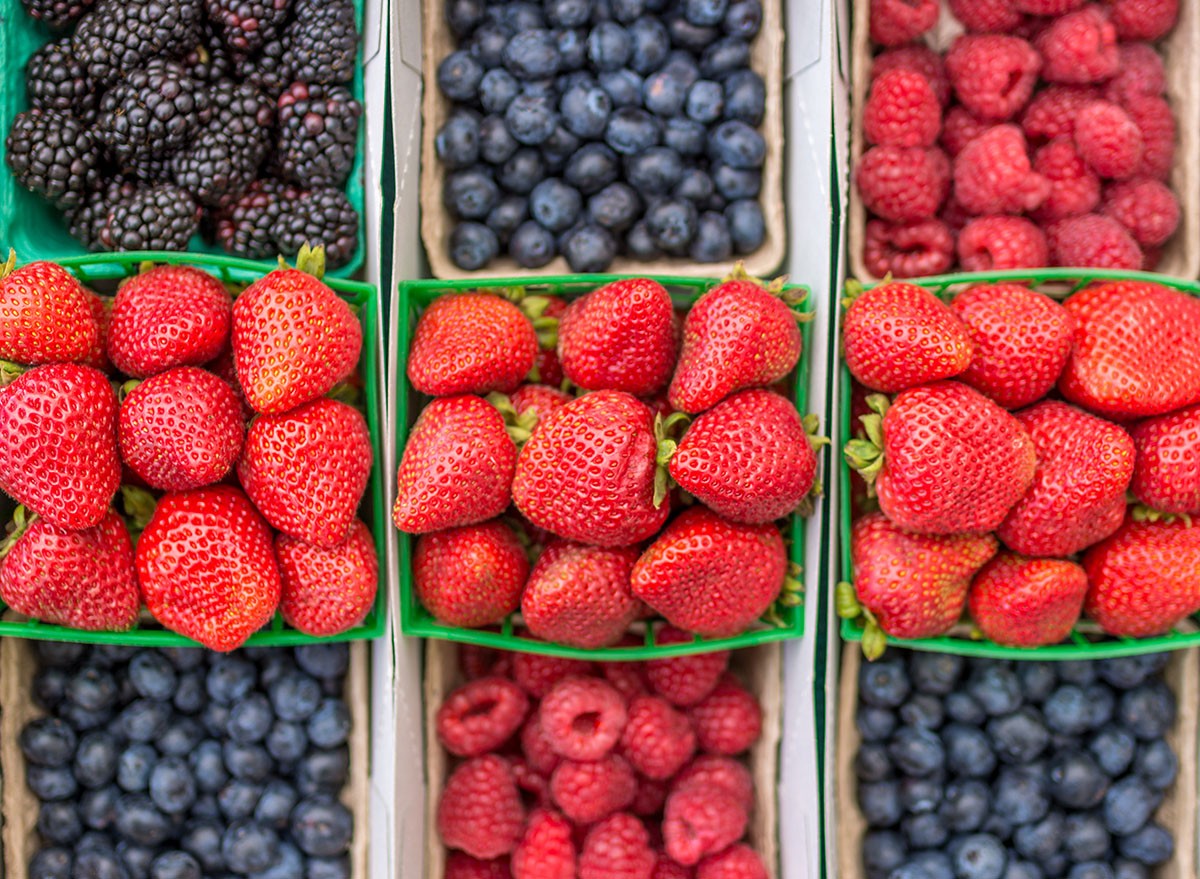
Berries, including strawberries, blueberries, and raspberries, are a great way to quiet sugar cravings. Why? They are "naturally sweet, low in sugar, and packed with fiber and antioxidants," says Binder.
Greek Yogurt

Greek yogurt is another food that Binder recommends. "High in protein to keep you full and curb cravings," she says. While you should avoid sweetened or fruit-flavored varieties, adding your own fruit can help with any cravings.
Dark Chocolate
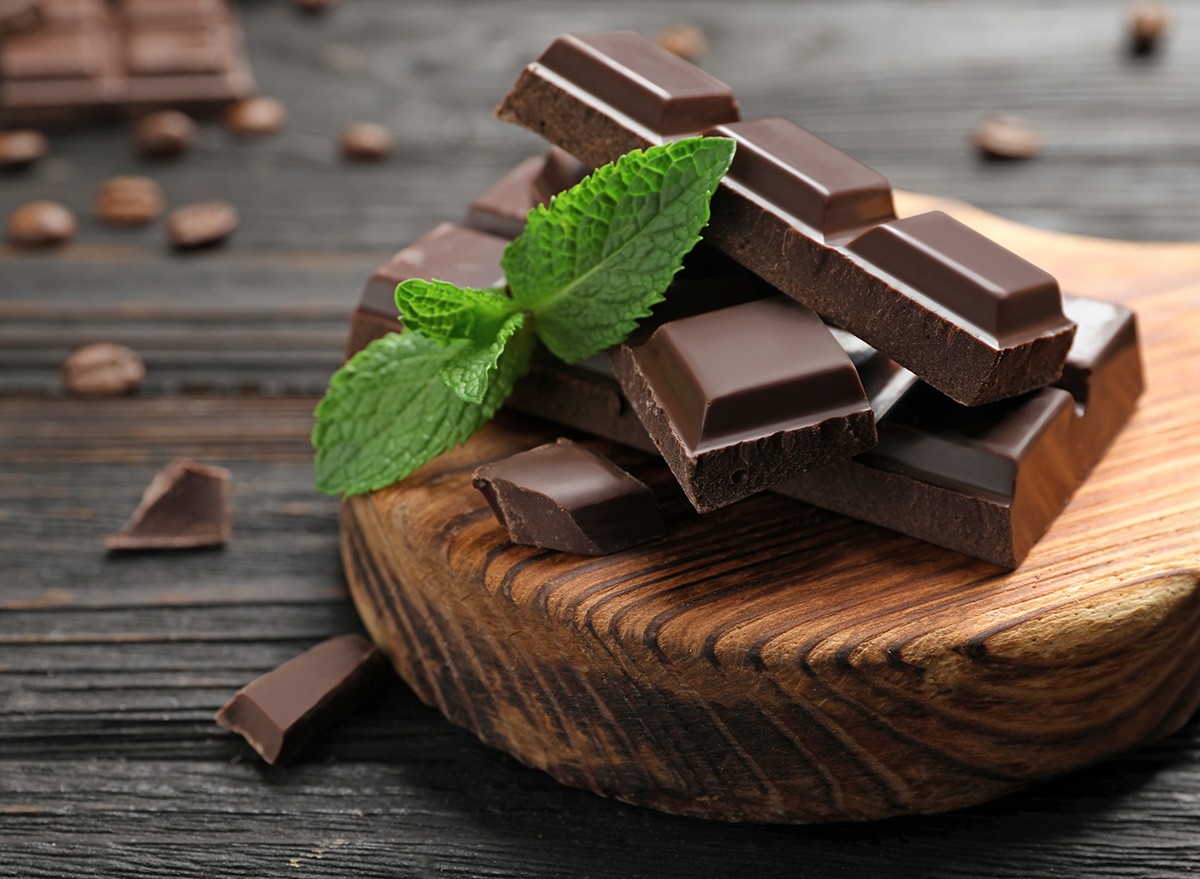
Dark chocolate is another great dessert that will help quiet sugar cravings. Binder recommends sticking with 70% or higher. "Satisfies sweet cravings with less sugar and more antioxidants," she says. Avoid milk chocolate or other types of chocolates with additives.
Nut Butter
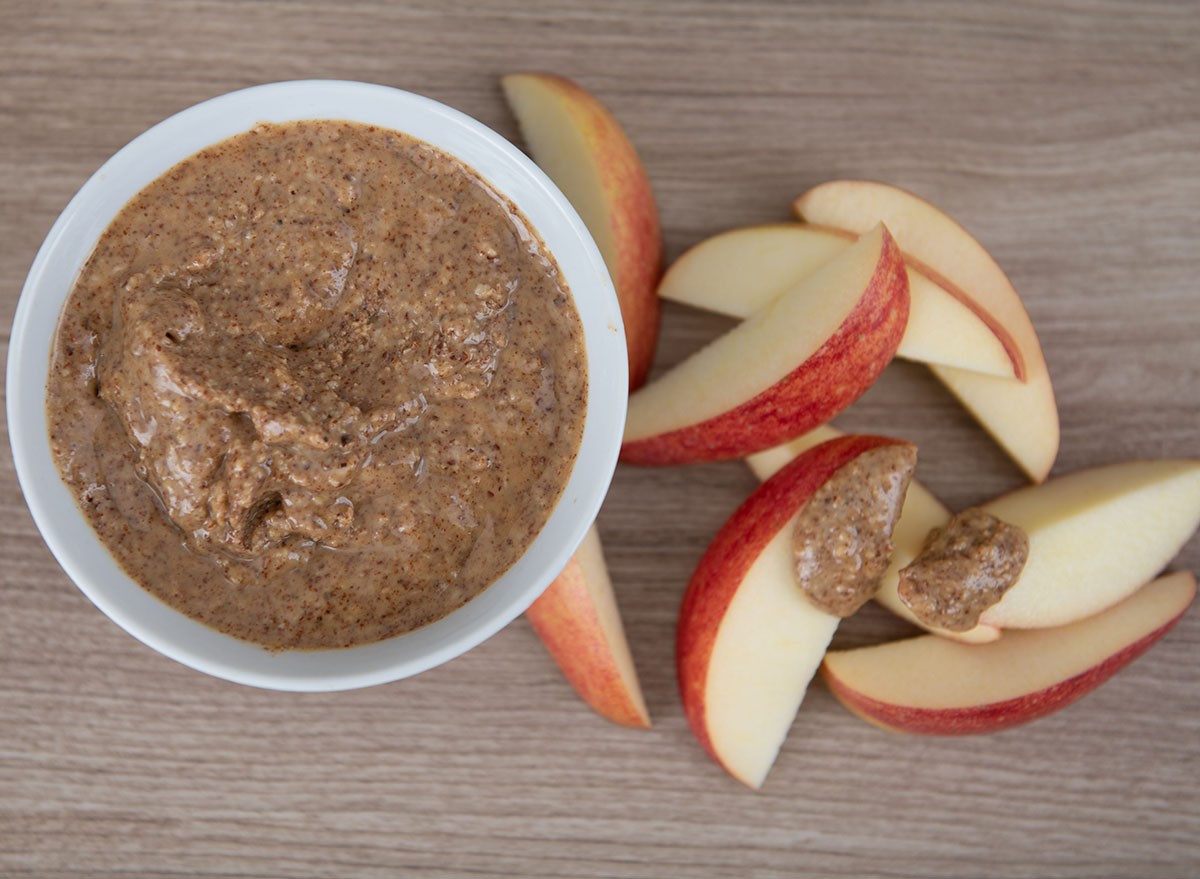
Nut butter is another satiating food to quell sugar cravings. Binder recommends almond or peanut butter. "Healthy fats and protein help reduce hunger and sugar spikes," she says. Make sure not to overdo it, as many nut butters are high in fat and calories.
Chia Pudding
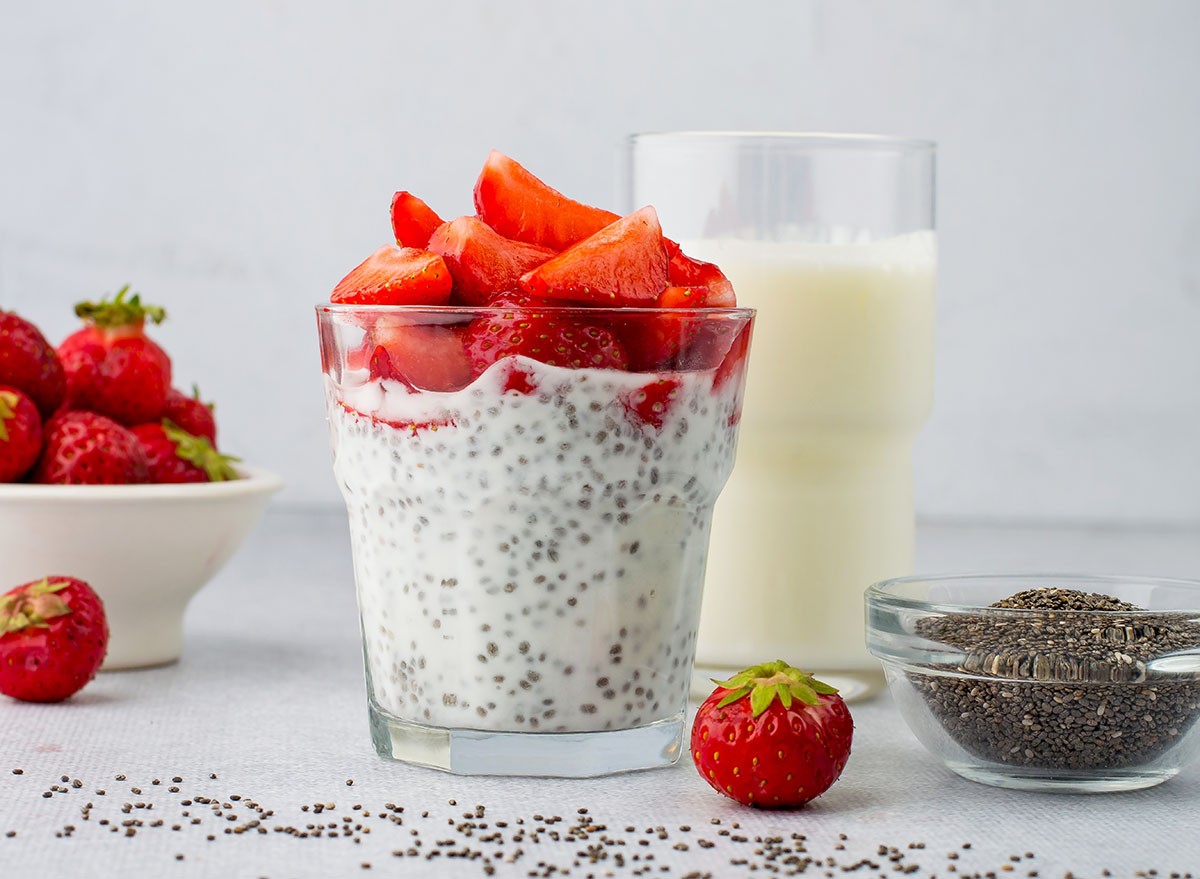
Chia pudding, which is incredibly easy to make, is great for those with sugar cravings. "High fiber and omega-3s keep blood sugar steady," she says.
Cinnamon
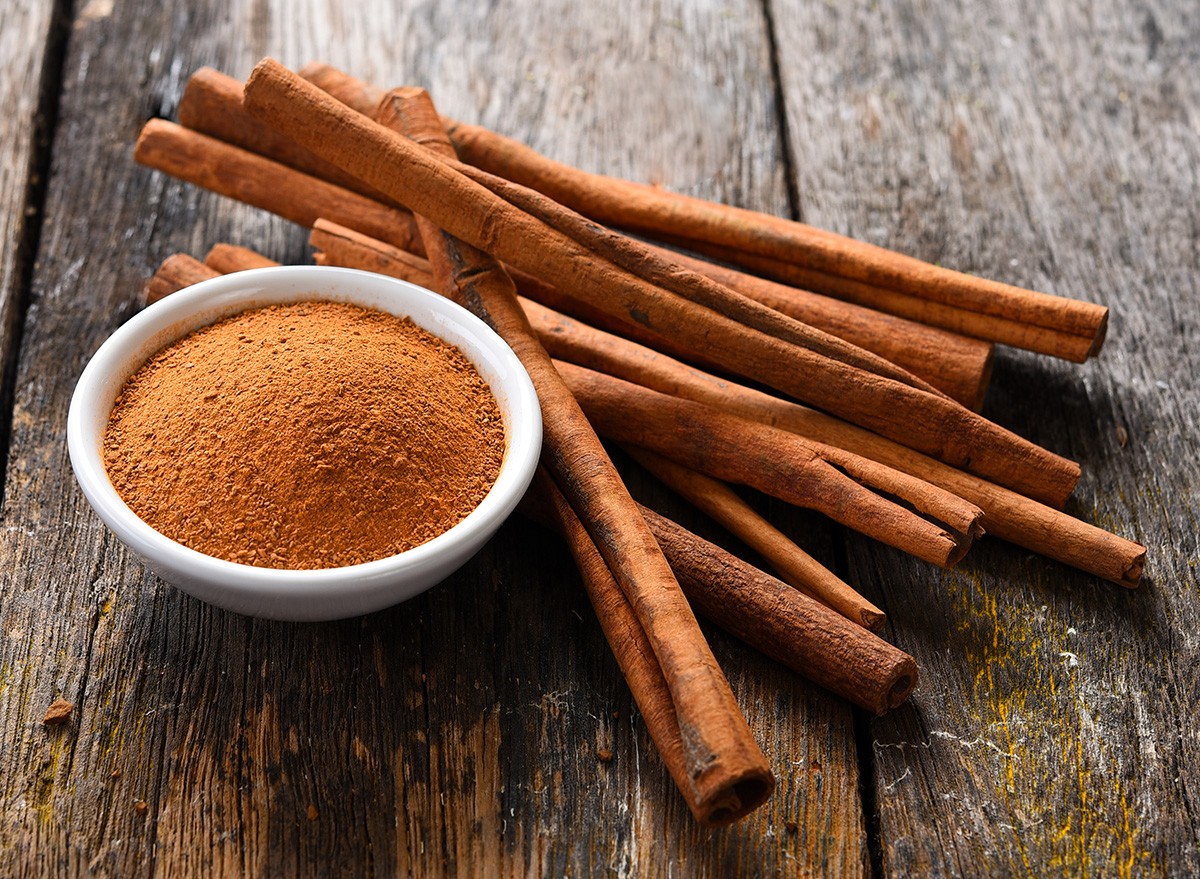
Add a little sprinkle of cinnamon to your food or drink to help with sugar cravings. "May help reduce blood sugar levels and adds natural sweetness," says Binder.
Dates
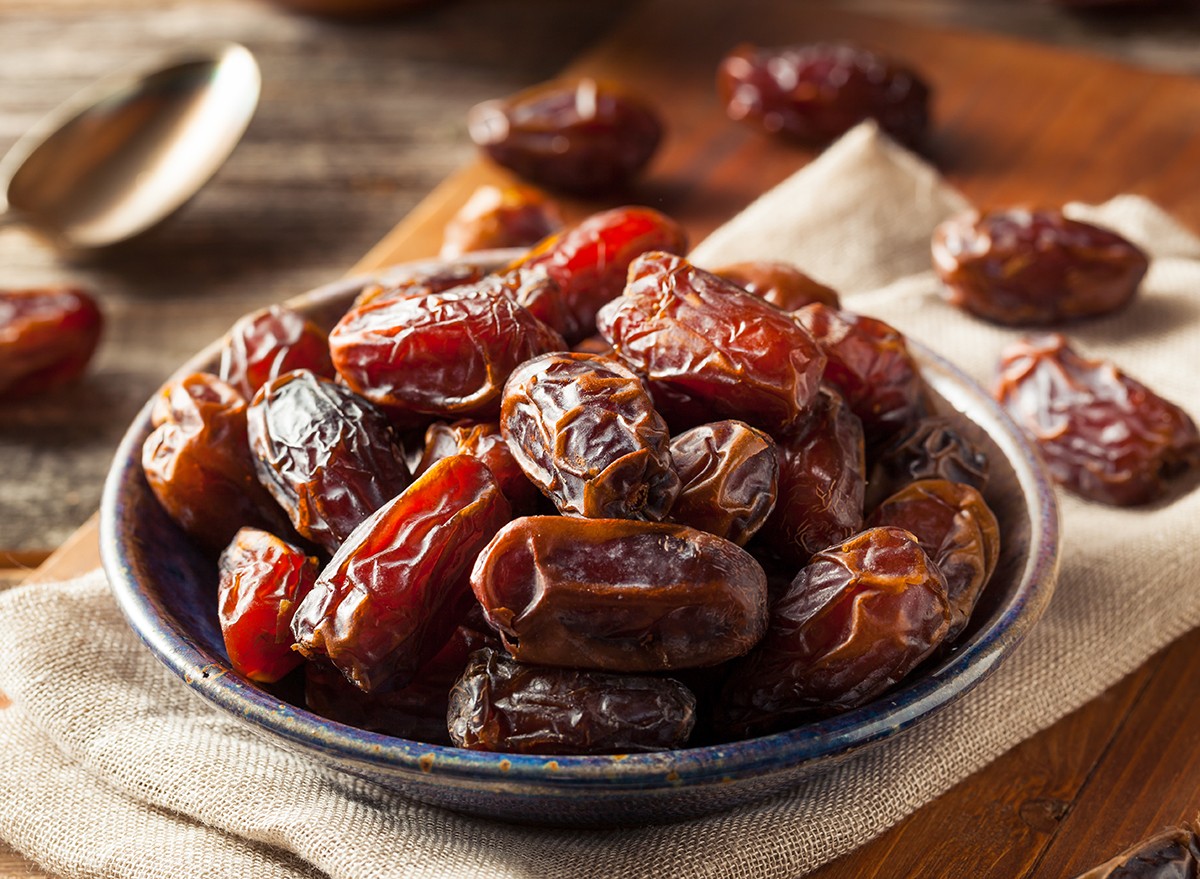
Eat dates, "nature's candy," in moderation, is another way to beat cravings. "Naturally sweet with fiber and nutrients—great for sweetening snacks," she says.
Oatmeal
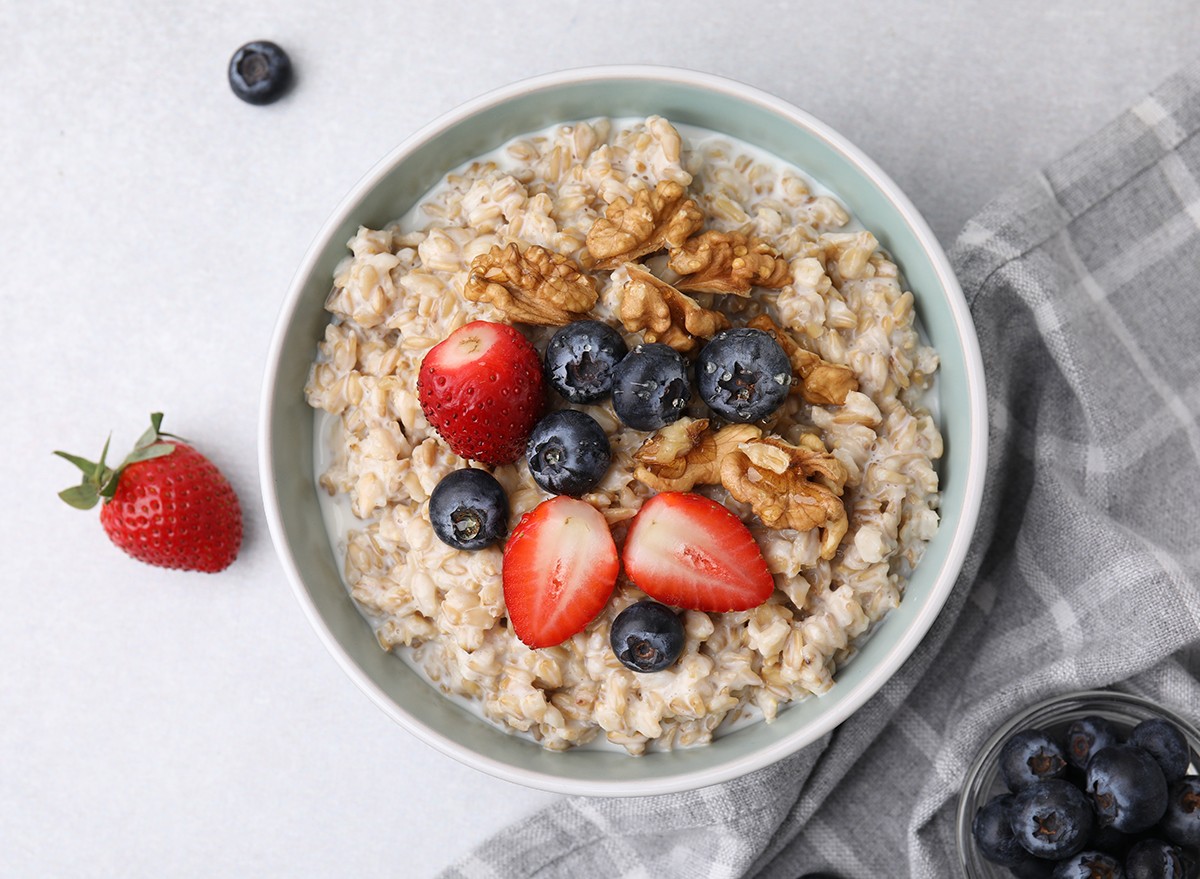
Start your day with a bowl of oatmeal to stabilize blood sugar. "High in fiber, keeps you full longer, and balances energy levels," she says about the meal.
Avocado
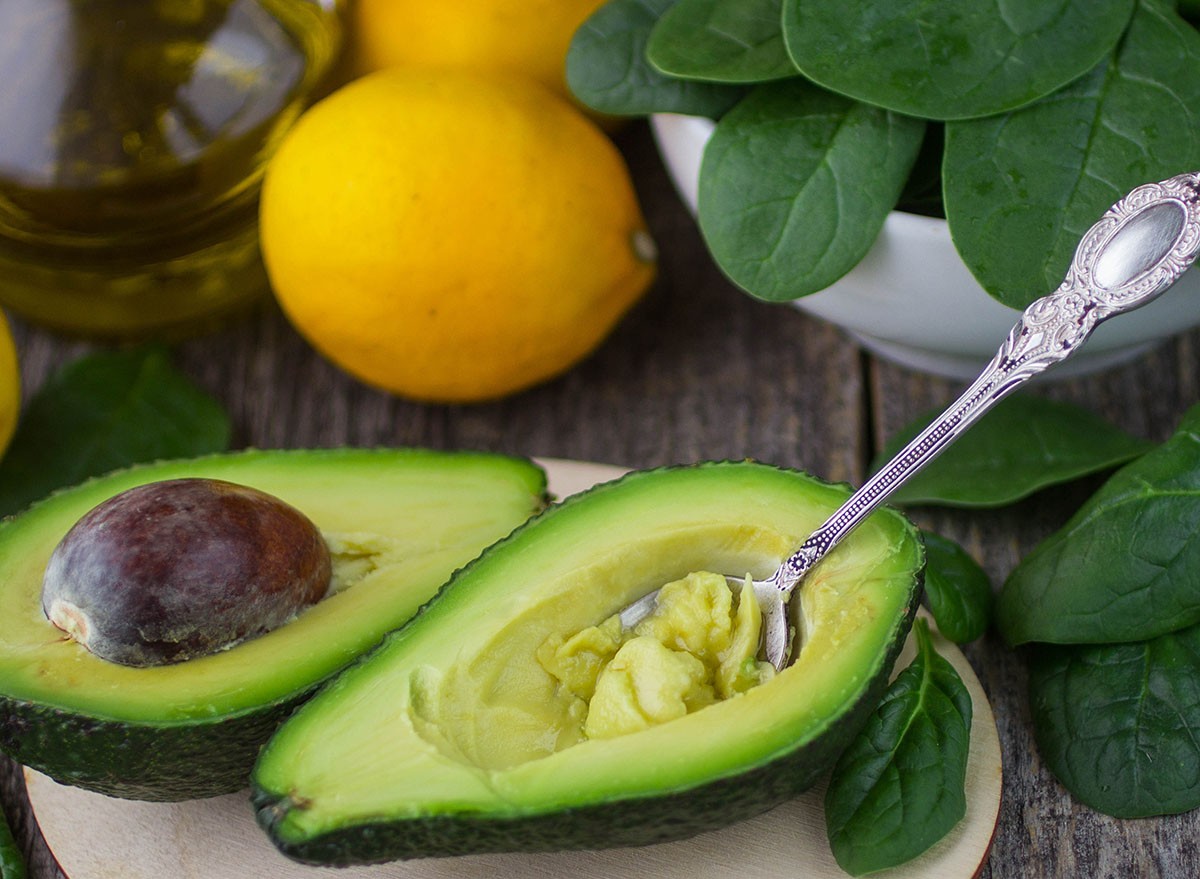
Avocados are another food that can quiet your sweet cravings. "Rich in healthy fats and fiber, which help manage hunger and cravings," Binder says. And if you enjoyed this article, don't miss these 8 High-Protein Foods with Nearly Zero Calories That Melt Fat.




